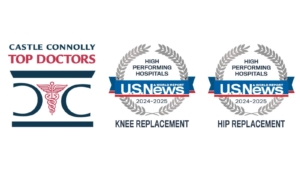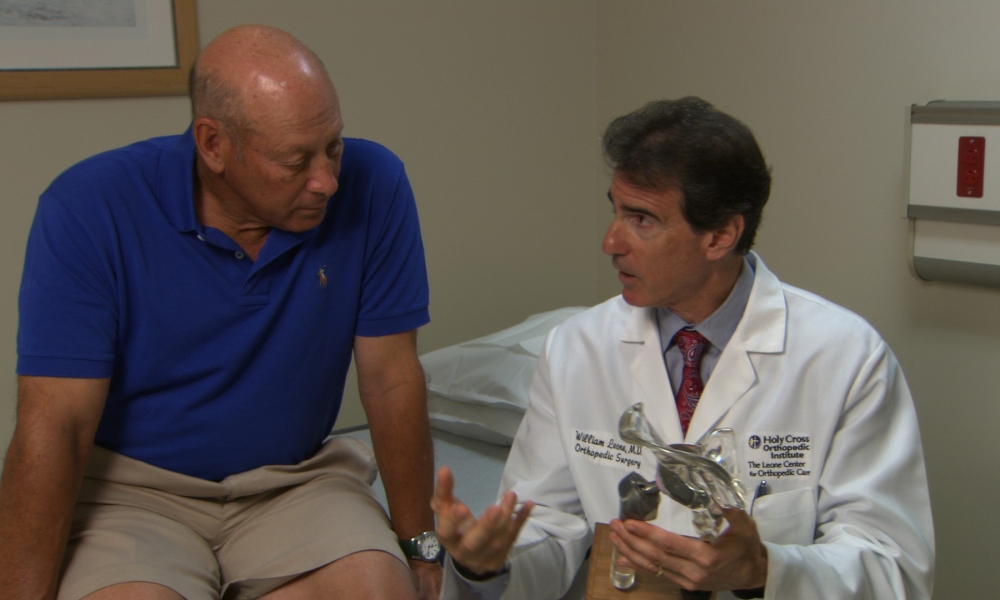 https://holycrossleonecenter.com/wp-content/uploads/2019/04/2nd-opinion-.jpg
1080
1920
Joseph Corsino
https://holycrossleonecenter.com///wp-content/uploads/2017/11/Leone-Center-Logo@2x.png
Joseph Corsino2019-04-02 11:33:552022-04-18 06:52:59I had my hip or knee replacement and I’m still in pain. Now what? When is it time for a second opinion?
https://holycrossleonecenter.com/wp-content/uploads/2019/04/2nd-opinion-.jpg
1080
1920
Joseph Corsino
https://holycrossleonecenter.com///wp-content/uploads/2017/11/Leone-Center-Logo@2x.png
Joseph Corsino2019-04-02 11:33:552022-04-18 06:52:59I had my hip or knee replacement and I’m still in pain. Now what? When is it time for a second opinion?
Do Stem Cell and PRP injections help advanced arthritis: AAHKS official position
I just opened my local Sunday paper today to find a full page…
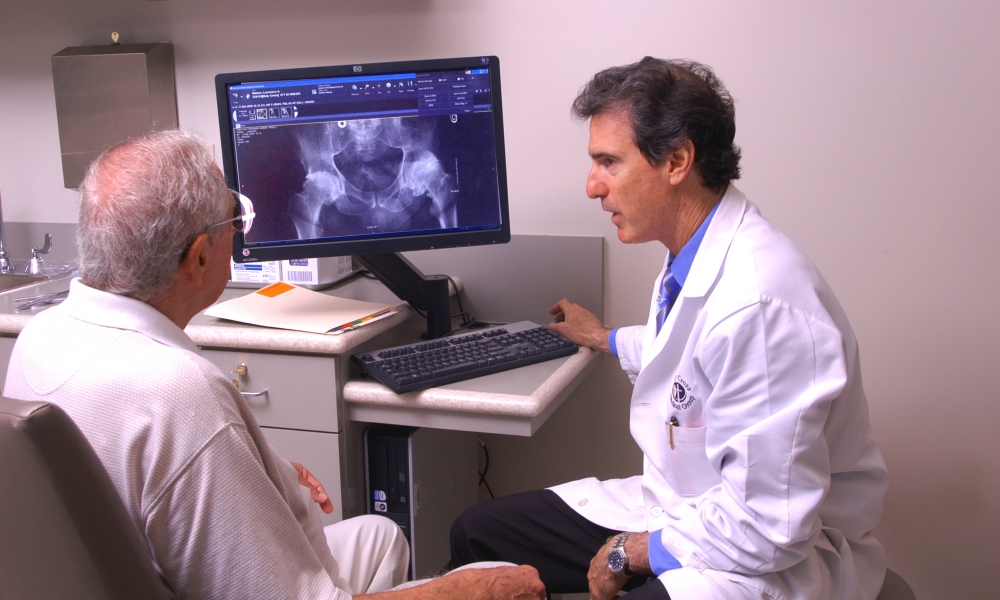
When should I have my hip or knee replaced? When you’re surviving but not thriving.
Like almost everything in life, this decision is seldom black…
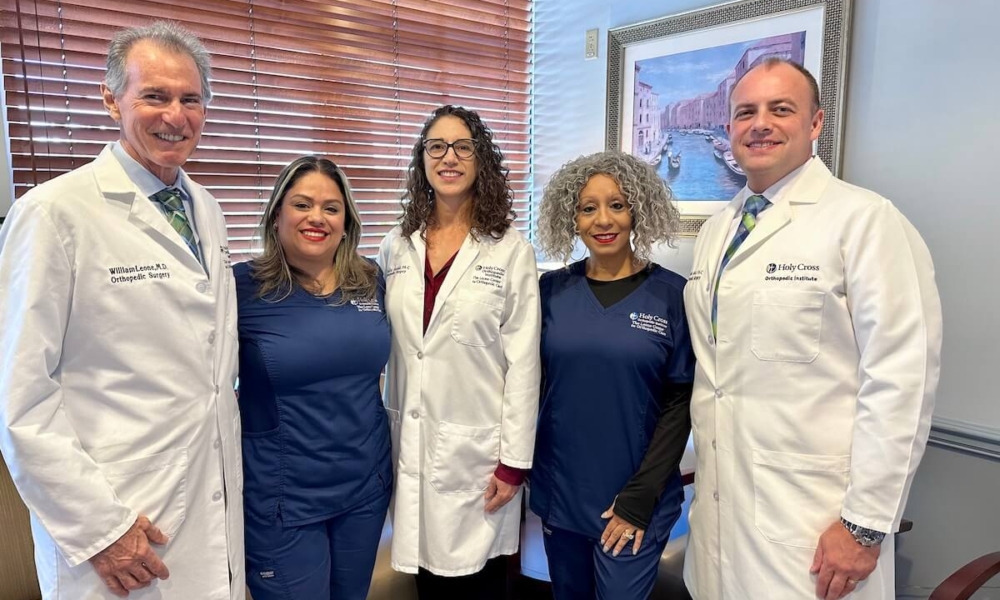
The Leone Center for Orthopedic Care, a ‘Destination Practice’
In 2009, Dr. William A. Leone, head of The Leone Center for Orthopedic Care at Holy Cross Hospital in Fort Lauderdale, made a compassionate and well thought-out decision, transforming the business model for his orthopedic practice.
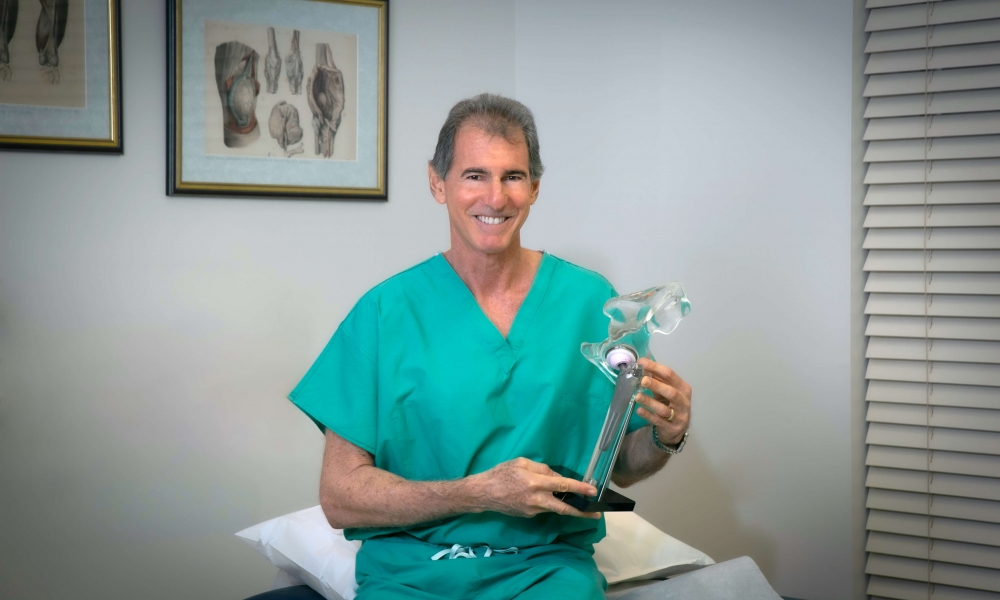
Partial vs. Total Hip Replacement Surgery
/
2 Comments
Some patients in need of a hip replacement will ask me if they are candidates for a partial rather than a total hip replacement because it sounds “less invasive.” Unlike the knee (which has three distinct compartments and when one wears out there’s a good chance that only that compartment needs to be replaced), the hip is a single ball (femoral head) and joint socket (acetabulum) and a partial hip replacement often isn’t the optimum choice.
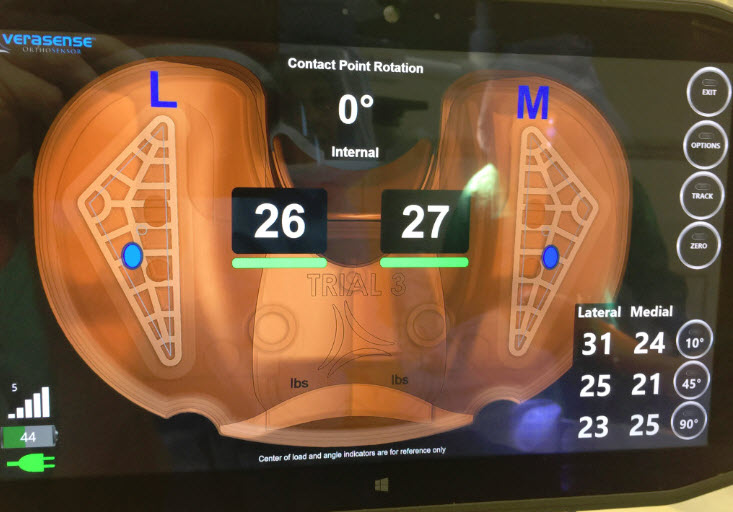
A Bad Total Knee Is Restored with the Use of an OrthoSensor Device
On June 29, 2016, I performed a really eloquent operation on a 55-year-old elementary school teacher from Nassau, Bahamas. I was so excited with how the case worked out for her that I decided to share the experience in a short blog.

Using Sensor Technology to Diagnose and Precisely Correct TKR Failures During Revision Surgery
In the last of three blog posts on the topic of unsatisfactory results post-TKR (total knee replacement), I will discuss using kinematic sensor technology to help me more precisely diagnose and correct a painful TKR.
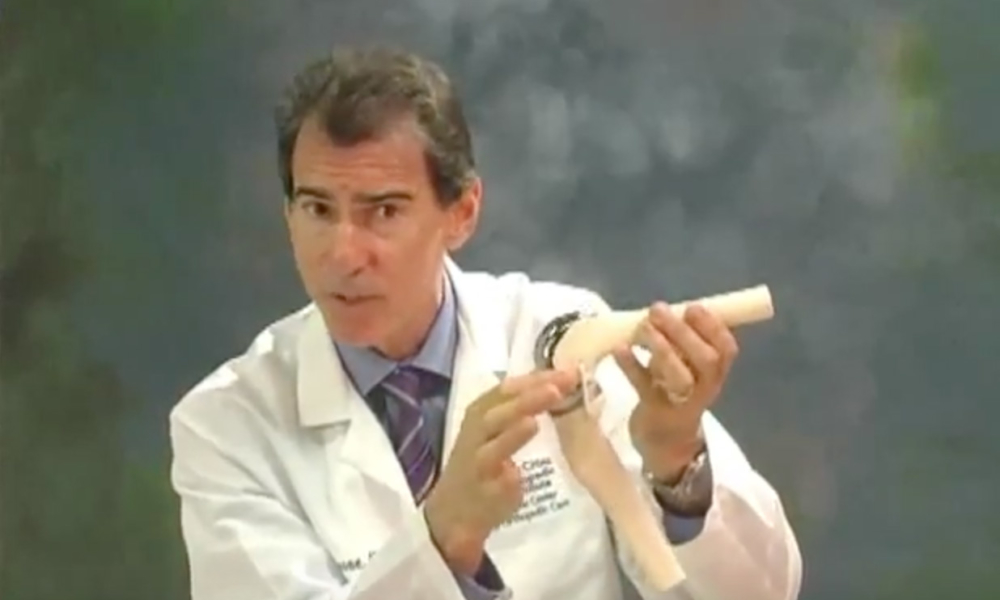
Correcting TKR Post-Surgical Complications and Unsatisfactory Results
In my previous blog post, I shared that one out of five people (approximately 20 percent) who undergo Total Knee Replacement (TKR) are not satisfied with the result. I discussed the methods we use to understand the exact cause/causes of unsatisfactory outcomes, in order to improve these results.

Early Results Indicate the VERASENSE Knee System Is a Game Changer for Precision Balance During Total Knee Replacement
In a previous blog, I discussed that by using VERASENSE sensor-assisted technology, I see more consistently excellent results after total knee replacement (TKR) and revision TKR surgery.

Why Joint Replacement Patients Are Getting Well So Much Faster Today
At The Leone Center for Orthopedic Care at Holy Cross Hospital, we see and treat people who have developed problems associated with their hips or knees.

Using Kinematic Sensor Technology for Revision Total Knee Replacement (TKR)
Occasionally, even when a TKR “looks good on paper,” more surgery is required to correct and improve the existing outcome. If TKR revision truly is necessary, then the specific reason for the failure must be understood fully before it can be corrected.
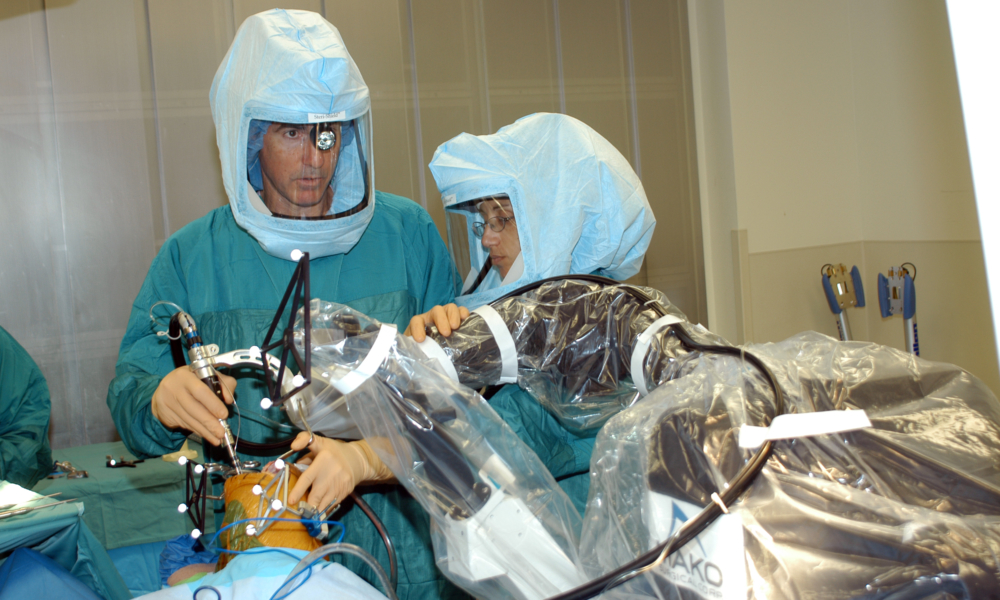
Two Computer Systems Improve Total Knee Replacement Surgery
New techniques and technologies have been developed, which include use of sophisticated computers and pressure sensors. These tools have vastly improved the consistency of achieving surgical goals by allowing us to recognize and correct subtleties in balancing the soft tissue sleeve and then optimize limb alignment.


